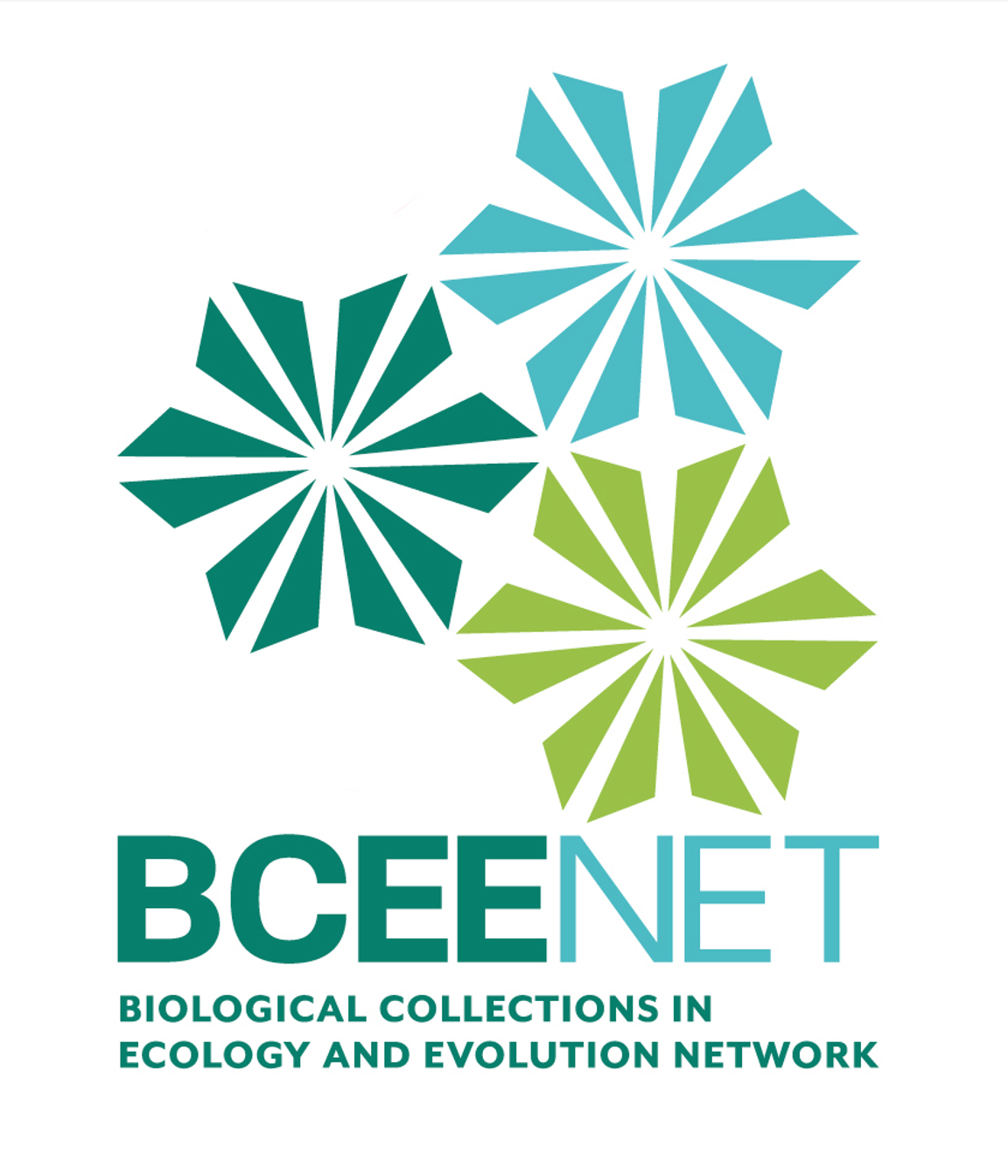Sexual Dimorphism CURE: Exploring Melanized Wing Patterns of Pieridae Butterflies
Author(s): Paula A Trillo1, Elissa Suphapun Sorojsrisom2, Carly N. Jordan3, Janice L. Krumm4
1. Gettysburg College 2. Columbia University 3. George Washington University 4. Widener University
1988 total view(s), 2831 download(s)
CURE_Pieris_TeachingNotes.pdf(PDF | 306 KB)
CURE_Pieris_Background.pdf(PDF | 227 KB)
CURE_Pieris_AnnotatedBibliography.pdf(PDF | 240 KB)
CURE_Pieris_SynthesisMatrixAssignment.pdf(PDF | 94 KB)
CURE_Pieris_SynthesisMatrixTemplate.xlsx(XLSX | 12 KB)
CURE_Pieris_DataManagement.pdf(PDF | 404 KB)
CURE_Pieris_iDigBioSearchActivity.pdf(PDF | 545 KB)
CURE_Pieris_RepeatabiltyExercise.pdf(PDF | 342 KB)
CURE_Pieris_RepeatabilityR.xlsx(XLSX | 9 KB)
RepeatabilityScript.R(R | 7 KB)
CURE_Pieris_RepeatabiltyExcel.xlsx(XLSX | 12 KB)
CURE_Pieris_Self-Assessment_1.pdf(PDF | 145 KB)
CURE_Pieris_Self-Assessment_2.pdf(PDF | 96 KB)
CURE_Pieris_Self-Assessment_3.pdf(PDF | 97 KB)
CURE_Pieris_GroupManagementAgreement.pdf(PDF | 198 KB)
CURE_Pieris_GroupAssessmentHandout.pdf(PDF | 91 KB)
CURE_Pieris_GroupAssessmentFinal.pdf(PDF | 92 KB)
CURE_Pieris_Background.docx(DOCX | 2 MB)
CURE_Pieris_AnnotatedBibliography.docx(DOCX | 1 MB)
CURE_Pieris_SynthesisMatrixAssignment.docx(DOCX | 119 KB)
CURE_Pieris_DataManagement.docx(DOCX | 6 MB)
CURE_Pieris_iDigBioSearchActivity.docx(DOCX | 11 MB)
CURE_Pieris_RepeatabiltyExercise.docx(DOCX | 1 MB)
CURE_Pieris_Self-Assessment_1.docx(DOCX | 1 MB)
CURE_Pieris_Self-Assessment_2.docx(DOCX | 1 MB)
CURE_Pieris_Self-Assessment_3.docx(DOCX | 1 MB)
CURE_Pieris_GroupManagementAgreement.docx(DOCX | 1 MB)
CURE_Pieris_GroupAssessmentHandout.docx(DOCX | 1 MB)
CURE_Pieris_GroupAssessmentFinal.docx(DOCX | 1 MB)
- Measuring Size and Area of Digitized Specimens using ImageJ (v1.0)
- Putting specimens on the map: An introduction to georeferencing (v1.0)
- Mapping Specimen Occurrence Data in QGIS (v1.0)
- License terms
Description
CURE SUMMARY
Sexual selection has been shown to play an important role in the evolution of wing patterns in butterflies. Melanization is also used for thermoregulation, and can be seasonally plastic in Pieridae butterflies. Pieris rapae, the cabbage white butterfly, is an invasive species and is abundant in natural history collections. In this Course-based Undergraduate Research Experience (CURE), students will explore variation in sexually dimorphic wing patterns of Pieridae butterflies using digitized natural history collections (dNHC) data. Students will learn how to organize and clean digital collections data, navigate data portals for information, use mapping software to demonstrate species distributions, and use image analysis software to measure phenotypes. You will also have the opportunity to participate in a cross-institutional research project, contributing to and analyzing a shared dataset.
Intended Audience: Undergraduate, all levels. Suitable for in-person, hybrid, or online courses in biology or environmental science.
Learning Time: Flexible, from 5-15 weeks
Required Resources: Access to computers and internet. All resources, data, and tools needed to complete this CURE are freely available online (iDigBio, GEOLocate, ImageJ, QGIS). No physical lab or additional materials are needed.
Optional Tools: R Studio (also free and open-source)
STUDENT LEARNING OBJECTIVES
- Locate, evaluate, and interpret relevant scientific literature
- Formulate and test hypotheses
- Communicate using evidence-based arguments and background research
- Download and clean dNHC data
- Accurately make and record measurements, including organizing and annotating datasets
- Identify methodological problems and troubleshoot them
- Analyze morphometric data with appropriate quantitative methods
- Analyze spatial data and generate maps that effectively communicate research results
- Work effectively as part of a collaborative group
- Recognize and evaluate increases in your ability to do scientific research
- Develop a sense of belonging in the scientific community
DESCRIPTIONS OF ACTIVITIES AND ASSESSMENTS
Students will utilize the data portal iDigBio to access specimen data of Pieridae butterflies, including collection localities, dates, and digital images. They will download, organize, and clean the specimen data, and improve the dataset through georeferencing and morphological measurements on digital images. The resulting dataset will then be used to answer research questions on sexual and natural selection. Formative assessments will include exercises and worksheets, as well as intermediate data products (e.g., morphological data). As a summative assessment, students will produce a final product (research paper, poster, and/or presentation) that will draw conclusions from their data.
CURRICULUM MATERIALS PROVIDED
*Core materials shared across all BCEENET CUREs
- Scientific Background on Melanization in Pieridae Butterflies
- Annotated Bibliography- Sexual Dimorphism CURE
- Synthesis Matrix Assignment
- Data Management Activity
- iDigBio Search Activity
- *Measuring Size and Area of Digitized Specimens using ImageJ (Sorojsrisom, Krumm, & Trillo, 2022)
- Repeatability Exercise for Morphometric Measurements- Student Handout
- Repeatability Exercise- Data collection spreadsheet for R and other statistical packages
- Repeatability Exercise- R code (RepeatabilityScript.R)
- Repeatability Exercise- Data collection spreadsheet for ANOVA in Excel
- *Putting Specimens on the Map: An Introduction to Georeferencing (Sorojsrisom & Johnson, 2022)
- *Mapping Specimen Occurrence Data with QGIS (Bronson, 2021)
- CURE Self-Assessment #1
- CURE Self-Assessment #2
- CURE Self-Assessment #3
- Group Management Agreement
- Group Assessment Handout
- Final Group Assessment Handout
CONTACT US:
Corresponding author- Janice Krumm, jlkrumm@widener.edu
BCEENET- bceenetwork@gmail.com
This content was created by members of BCEENET, Biological Collections in Ecology and Evolution Network, and funded by the National Science Foundation under Grant No. 2032158. Any opinions, findings, and conclusions or recommendations expressed in this material are those of the authors and do not necessarily reflect the views of the National Science Foundation.
Cite this work
Researchers should cite this work as follows:
- Trillo, P. A., Sorojsrisom, E. S., Jordan, C. N., Krumm, J. L. (2022). Sexual Dimorphism CURE: Exploring Melanized Wing Patterns of Pieridae Butterflies. BCEENET- Biological Collections in Ecology & Evolution Network, QUBES Educational Resources. doi:10.25334/YSQZ-0J68
